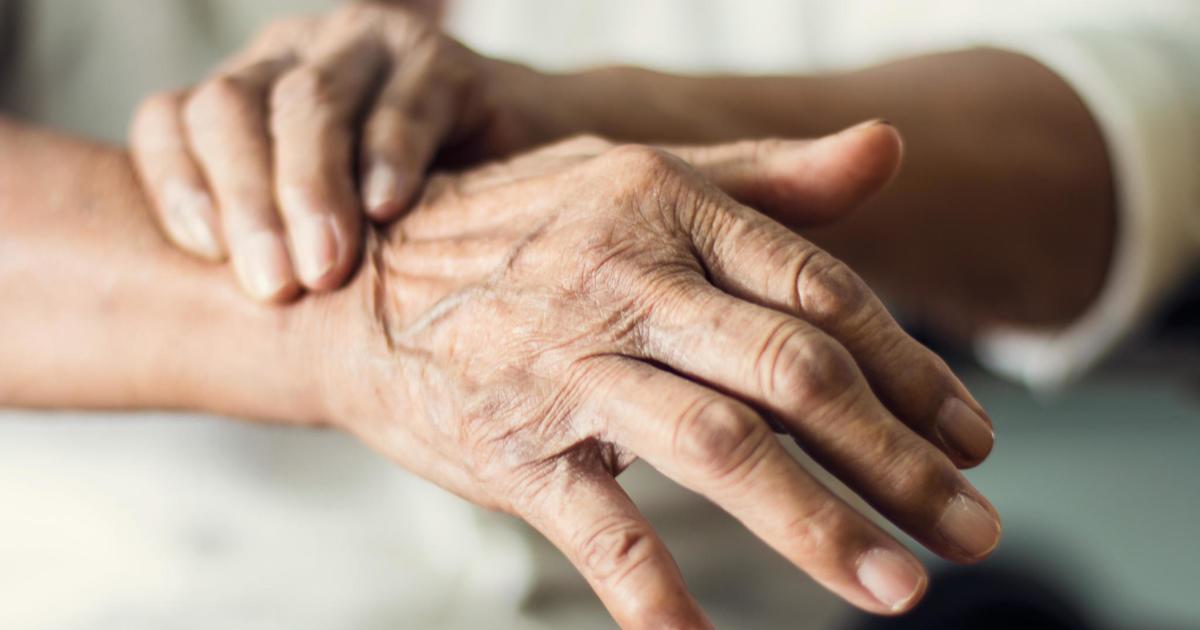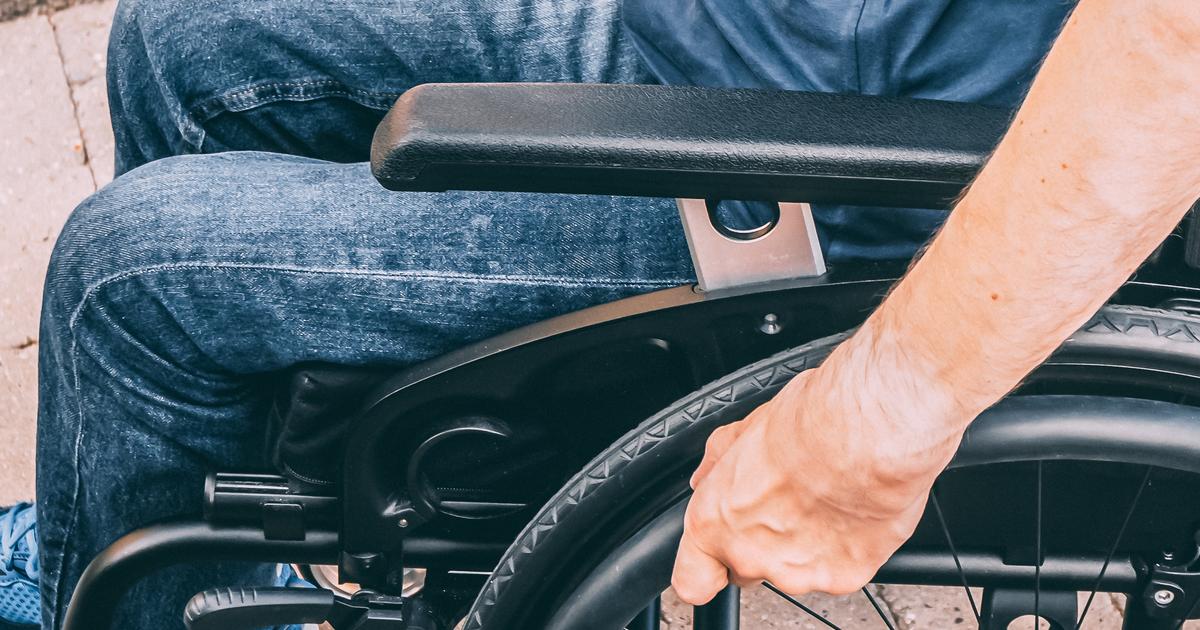What Are The Types Of Dystonia?
Dystonia is a movement disorder that causes the muscles in an individual's body to contract out of their control, producing a twisting motion of the affected body part that causes abnormal postures and repeated movements. The entire body, one muscle group, or a single muscle can be affected by symptoms of dystonia. Symptoms can vary from one type of dystonia to the next, but the most common symptoms include foot cramping, blinking uncontrollably, speech problems, involuntary neck pulling, and a dragging leg. Dystonia can be caused by any mechanism that produces damage to the basal ganglia. Some cases of dystonia are the result of an inherited genetic abnormality.
Get the full details on the types of dystonia now.
Generalized Dystonia
Generalized dystonia is a form of dystonia that affects numerous muscle groups throughout a patient's body, rather than being limited to a single part of the body. Generalized dystonia makes it difficult for an affected individual to control their body movements and move their body freely. Critical organs, such as the heart, are not typically affected by generalized dystonia. The first symptoms of generalized dystonia include a twisted or turned leg, a twisted or turned foot, painful or painless muscle spasms, bending or twisting of the torso when walking, and rhythmic jerking movements. Testing blood and urine can be used to look for evidence of generalized dystonia. MRI and or CT scans can be used to detect any lesions or abnormalities in the brain, such as stroke evidence. Electromyography may be used to help make a diagnosis of generalized dystonia, as it shows a physician the electrical activity occurring within an individual's muscles.
Keep reading to learn more about the types of dystonia now.
Focal And Multifocal Dystonia

Focal dystonia is a form of dystonia where one area of the body is affected. This part of the body can mean one muscle or a group of muscles. Focal dystonia causes the affected part of the body to produce movement due to involuntary muscle contractions. Focal dystonia is a common occurrence in the hands or feet. In these parts of the body, focal dystonia manifests with symptoms such as tremor, cramping, and repetitive motions. It is not uncommon for focal dystonia to induce arthritis from excessive use of the affected joint. Multifocal dystonia is a form of dystonia where a patient experiences symptoms in two or more different parts of their body. The two parts of the body affected in multifocal dystonia do not have to neighbor each other, such as the right arm and right leg. Symptoms that occur most often in multifocal dystonia patients include involuntary movements that have a rhythmic pattern in both parts of the body and contortions of the affected body parts. Multifocal dystonia is similar in presentation to focal dystonia but includes more than just one limb or muscle group.
Discover more information about the different types of dystonia now.
